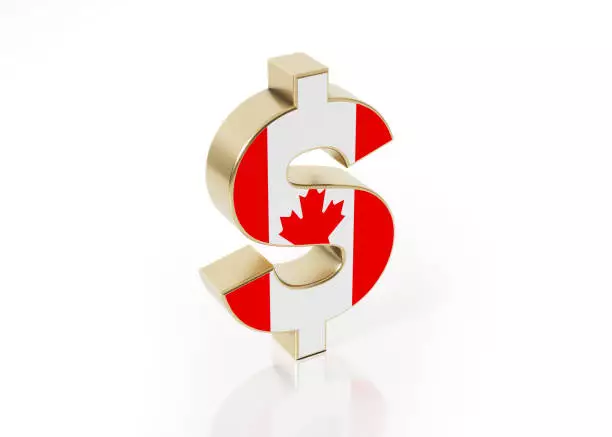In recent trading sessions, the USD/CAD currency pair has experienced a remarkable surge, surpassing the 1.3870 threshold—a peak not seen since summer. Over just ten days, the US dollar has appreciated more than 2% against the Canadian dollar, signaling a shift that traders and policymakers alike cannot ignore. Such a rapid ascent tells a story far beyond mere numbers; it underscores the underlying geopolitical tensions and economic uncertainties that are dramatically influencing exchange rates today.
This movement isn’t occurring in a vacuum. Both the Federal Reserve and the Bank of Canada opted to keep interest rates steady, aligning with market expectations. The real catalyst comes from a political arena fraught with friction—a decision by President Donald Trump to impose tariffs on several nations, including Canada, has set off a chain reaction reverberating through currency markets. Despite efforts by Canadian Prime Minister Justin Trudeau and Finance Minister Mark Carney to negotiate, no compromise was reached before tariffs took effect on August 1. These tariffs, reaching up to 35% on certain goods, threaten to choke Canadian exports, which heavily depend on U.S. markets.
Such trade tensions elevate uncertainty—an element that invariably bolsters the US dollar’s status as a safe haven. Investors tend to flock to the greenback during times of geopolitical risk, which has fueled this recent rally. With Canada’s economy heavily intertwined with U.S. trade, even slight disturbances can have outsized impacts on the loonie’s strength and stability. The looming threat of tariffs and the absence of a clear resolution have driven investor sentiment toward safety, pushing USD/CAD upward with relentless momentum.
Technical Insights: Charting the Path of the Dollar’s Advance
On the technical front, the USD/CAD chart narrates a story of resilience and potential overextension. At the end of July, currency traders observed the formation of a steep ascending channel, a bullish signal indicating growing momentum. The breakout above the critical resistance at 1.3790 confirmed this trend, evidenced by a robust bullish candlestick that closed near the session high. This breakout was not merely a fleeting rally but was supported by a shallow correction, suggesting strong underlying buying pressure.
Nevertheless, markets are often cyclical, and current conditions hint at potential overbought territory. The Relative Strength Index (RSI) has entered the extreme overbought zone, warning traders that a correction could be imminent. Should such a pullback materialize, support levels would be tested around the 1.3790 mark and the parallel line C, running at a distance equal to the width of the A-B channel. These levels serve as critical benchmarks for assessing whether the rally can sustain or if a reversal beckons.
While the fundamental landscape remains volatile—driven by policy and trade developments—the technical setup suggests that traders should prepare for possible retracements. Yet, given the current geopolitical tensions and the dollar’s status as a global haven, the bullish momentum might continue despite short-term corrections. The key takeaway: the USD/CAD pair remains a battlefield between fundamental fears and technical strength, with the scales tipping toward an aggressive upward trajectory in the near term.

